Efficient warehouse operations depend on more than just moving goods quickly—they require intelligent storage, streamlined workflows, and space optimization. In high-volume facilities, the putaway process is one of the most critical factors impacting storage efficiency and labor productivity.
The question is: What system maximizes space and minimizes material handling by automating putaway processes? The answer lies in the integration of automated material handling systems (AMHS) combined with advanced warehouse control software and smart infrastructure design.
In this guide, we’ll explore how automation transforms putaway, the systems that drive efficiency, and how to strategically design your warehouse with modern material handling equipment to minimize costs and boost productivity.
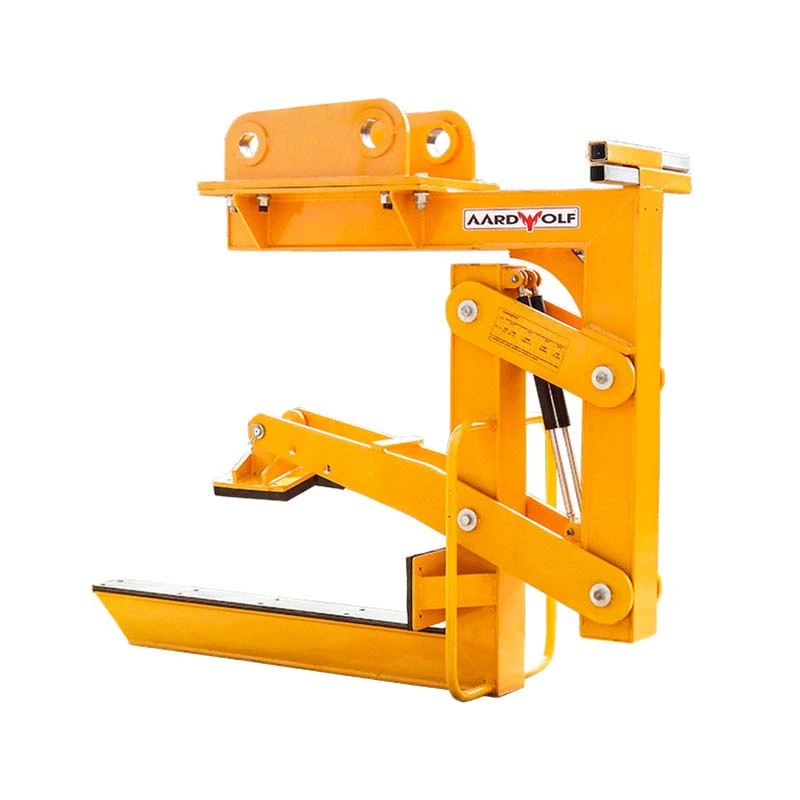
Table of Contents
ToggleUnderstanding the Putaway Process in Material Handling
Putaway refers to the movement of goods from the receiving dock into their proper storage locations. A poorly optimized putaway process leads to:
- Wasted storage space
- Excessive manual labor
- Frequent product touches and higher handling costs
- Reduced picking efficiency later on
Advanced industrial material handling solutions automate this process to improve accuracy, reduce travel time, and maximize vertical and horizontal warehouse space.
The Role of Automated Putaway Systems
An automated putaway system leverages robotics, conveyors, software, and sensors to store goods quickly and efficiently. It:
- Calculates optimal storage locations
- Guides or moves goods into position
- Updates inventory in real time
- Minimizes human intervention
These systems are integral to modern warehouse material handling equipment configurations and significantly reduce operational costs.
Key Technologies That Automate Putaway and Maximize Space
1. Automated Storage and Retrieval Systems (AS/RS)
AS/RS uses robotic shuttles or cranes to store and retrieve goods in high-density racking systems. They are ideal for:
- High-volume warehouses
- Cold storage environments
- Pharmaceuticals and e-commerce fulfillment centers
🔍 Benefits:
- Reduce warehouse footprint
- Improve accuracy
- Eliminate need for manual forklifts
2. Vertical Lift Modules (VLMs)
VLMs automate vertical storage, retrieving trays based on item demand. They maximize vertical space, ideal for operations with limited square footage.
3. Conveyors for Material Handling
Integrated conveyors help route goods to storage locations automatically, reducing manual transport and touchpoints.
4. Warehouse Execution Systems (WES)
WES software manages automated equipment and workforce to ensure synchronized putaway, slotting, and retrieval.
It integrates with:
- WMS (Warehouse Management Systems)
- ERP systems
- RFID tracking
5. Overhead Material Handling Systems
For space-constrained environments, overhead cranes and hoists allow movement of materials without disrupting ground-level activities.
🔗 Aardwolf Jib Cranes
🔗 jib crane
How Automation Minimizes Material Handling
Manual putaway requires forklifts, pallet jacks, and repetitive human labor. By contrast, automated vs manual material handling significantly reduces:
- Labor hours
- Operator fatigue
- Material damage
- Traffic congestion in warehouse aisles
🔗 How Does Material Handling Impact the Human Labor Force?
Practical Equipment to Support Smart Putaway
While full automation may not be feasible for every business, a hybrid approach using high-efficiency tools can make a big difference. These include:
- Forklifts for material handling
- Lifting clamps for large-format goods
🔗 lifting clamps - Material handling carts and trolleys
- Vacuum lifters for fragile items
🔗 Vacuum Lifters - Paver lifters for construction storage yards
🔗 Paver Lifter
Industry Use Cases for Automated Putaway
🧱 Material Handling for Warehouses
- Use AS/RS for pallets, cartons, or bins
- Maximize cubic volume with VLMs or mezzanines
🏗 Material Handling in Construction
- Implement overhead systems to store heavy slabs or building materials
- Use bulk material handling systems for loose aggregates or cement
🍽 Material Handling in Food Industry
- Store perishable goods with automated cold storage putaway
- Use stainless-steel conveyors for hygiene compliance
💊 Pharmaceutical Material Handling Systems
- AS/RS units ensure product integrity and audit compliance
- Use RFID and temperature-controlled systems
Best Practices to Improve Putaway Efficiency
✅ 1. Slot Items Intelligently
Use your WMS to assign high-velocity SKUs to low-access areas for reduced travel time.
✅ 2. Integrate Real-Time Inventory Updates
Ensure your software updates stock positions immediately upon putaway to avoid duplication or misplacement.
✅ 3. Use Labels and RFID
Automate verification of product and storage location to improve accuracy and reduce scan time.
✅ 4. Automate and Track
Automate wherever possible, and track performance metrics like:
- Putaway time
- Travel distance
- Error rate
Safety Considerations in Putaway Operations
Handling heavy goods or high-rack storage brings safety risks. To ensure compliance:
- Enforce material handling safety standards
- Provide PPE and ergonomic tools
- Train employees on safety tips for manual material handling
🔗 Loose Clothing Is Best to Wear When Handling Material?
Final Thoughts: Choose the Right System to Automate Putaway
If you’re asking, “What system maximizes space and minimizes material handling by automating putaway processes?” — the answer is a combination of:
- Automated storage systems
- Vertical handling equipment
- Warehouse control software
- Efficient equipment like forklifts, vacuum lifters, and lifting clamps
Whether you’re managing material handling for manufacturing, logistics, or granite countertops, optimizing the putaway process can lead to faster fulfillment, lower labor costs, and maximum space utilization.

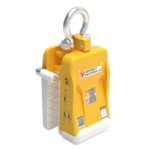
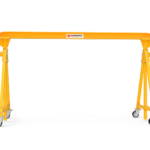
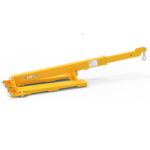
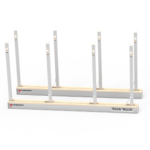
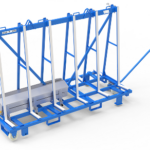

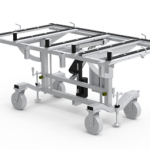
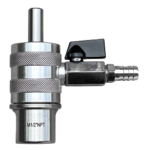
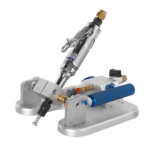

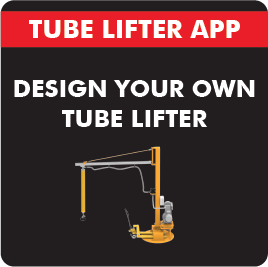
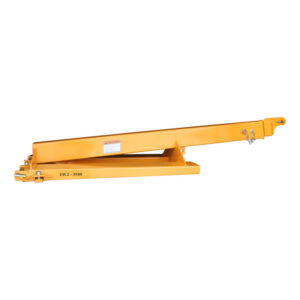
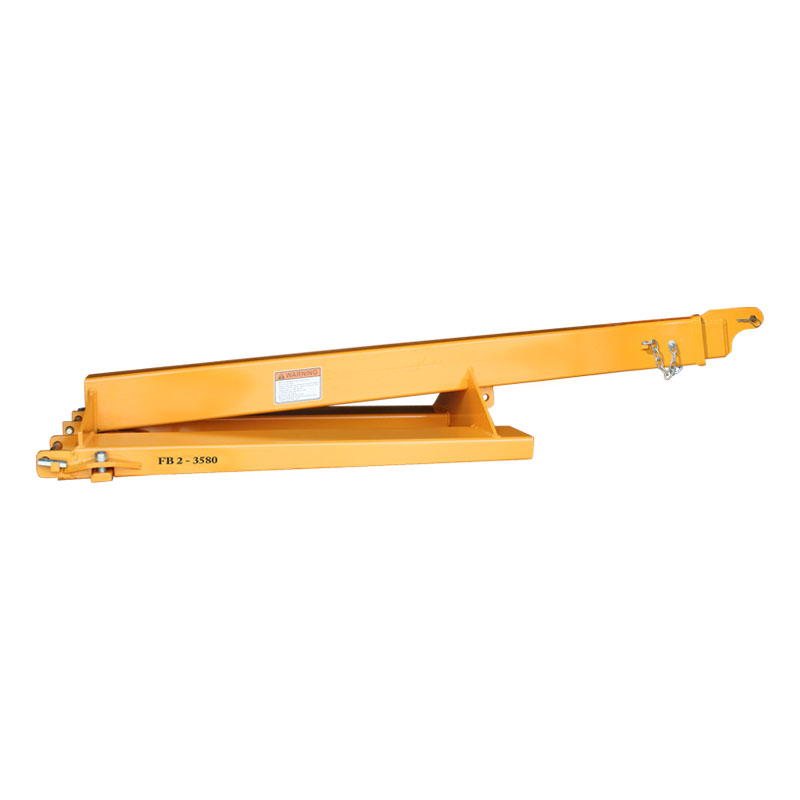
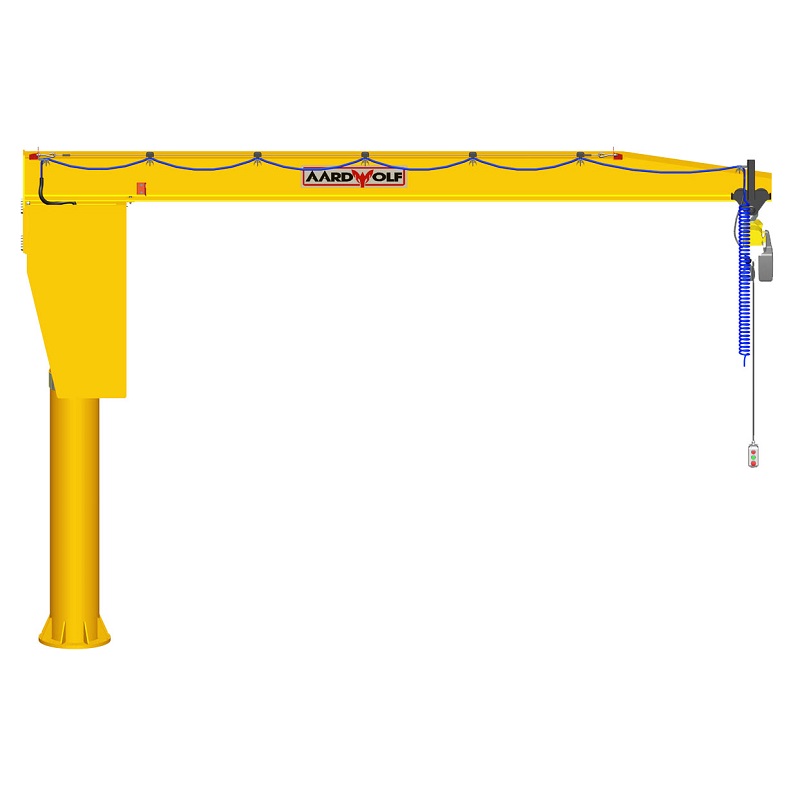
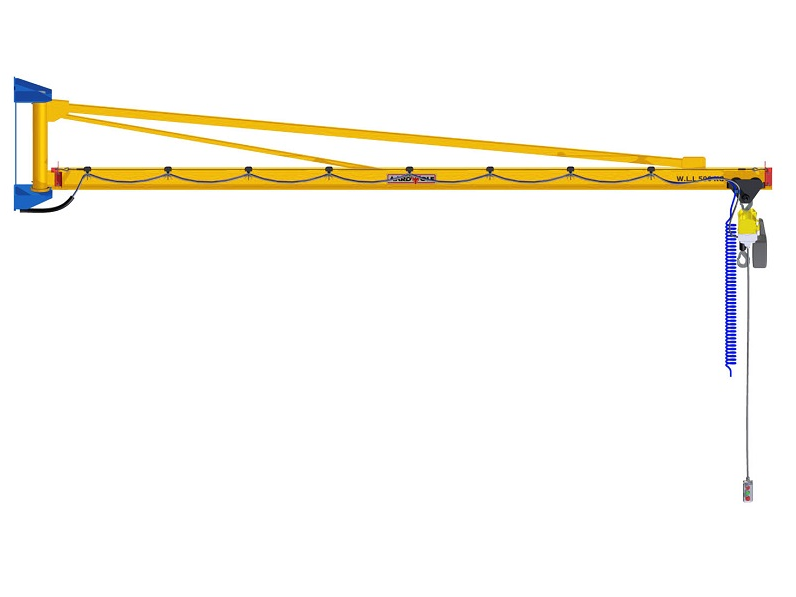

Please log in to leave a comment.